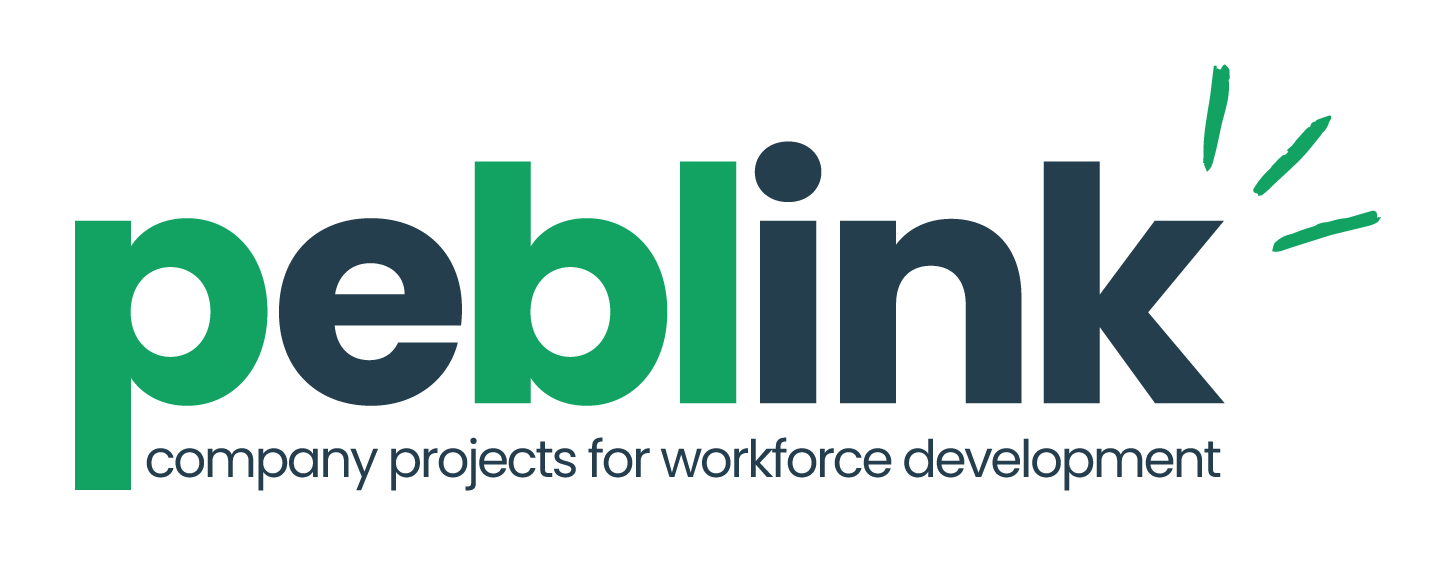Enhancing Inmate Rehabilitation through Cutting-Edge Reading Assessment Tools


Organization: World Literacy Foundation
Start: April 1, 2025
End: July 31, 2025
Status: Open
1. Project Objective
Rehabilitation programs within correctional facilities often struggle to address fundamental educational barriers that hinder inmates’ successful reintegration into society. Research indicates that improving literacy levels and identifying barriers to reading can significantly enhance self-esteem, spark a desire for continued education, and foster a sense of respect for self and society. These improvements could pave the way for degree programs and a clearer vision for life post-incarceration.
Yet, existing programs frequently fail to diagnose or screen and address underlying reading barriers such as ADHD, dyslexia, and visual impairments.
Why It Matters
This project provides an opportunity for student teams to contribute meaningfully to inmate rehabilitation by addressing one of the most fundamental barriers to reintegration: literacy. By leveraging cutting-edge tools and interdisciplinary collaboration, teams can develop solutions that promote personal growth, reduce recidivism, and create pathways for inmates to lead fulfilling lives post-incarceration. Students gain invaluable experience while making a lasting impact on the U.S. correctional system.
Participants
Enhancing Inmate Rehabilitation through Cutting-Edge Reading Assessment Tools
1. Project Objective
Rehabilitation programs within correctional facilities often struggle to address fundamental educational barriers that hinder inmates’ successful reintegration into society. Research indicates that improving literacy levels and identifying barriers to reading can significantly enhance self-esteem, spark a desire for continued education, and foster a sense of respect for self and society. These improvements could pave the way for degree programs and a clearer vision for life post-incarceration.
Yet, existing programs frequently fail to diagnose or screen and address underlying reading barriers such as ADHD, dyslexia, and visual impairments.
Why It Matters
This project provides an opportunity for student teams to contribute meaningfully to inmate rehabilitation by addressing one of the most fundamental barriers to reintegration: literacy. By leveraging cutting-edge tools and interdisciplinary collaboration, teams can develop solutions that promote personal growth, reduce recidivism, and create pathways for inmates to lead fulfilling lives post-incarceration. Students gain invaluable experience while making a lasting impact on the U.S. correctional system.


